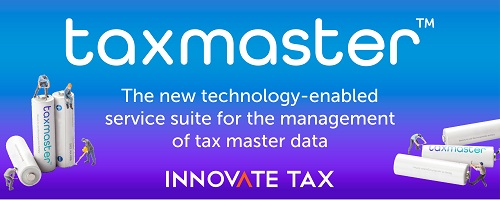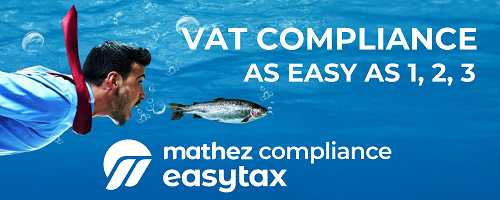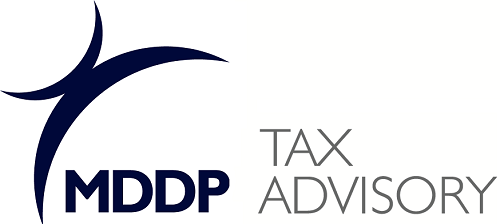- The Ministry of Finance has prepared a practical guide to the main solutions of the e-commerce VAT package.
- These are as many as 66 practical examples of how the package works.
- At the request of entrepreneurs, the explanations more broadly refer to the issue of invoicing and registration obligations.
- Tax clarifications will be binding on the tax administration.
The draft tax explanations for the e-commerce VAT package prepared by the Ministry of Finance met with great interest. In the course of consultations, the entrepreneurs applied for the extension of the project with additional issues, especially in the area of invoicing or SAF-T. To meet these expectations, the Ministry of Finance has developed an extended version of tax explanations – a kind of handbook for entrepreneurs
– explains the deputy finance minister Jan Sarnowski.
The individual most important solutions of the package were analyzed in the tax explanations, i.e .:
- Intra-Community distance sales of goods ESPO (definition, place of delivery, documentation confirming delivery of goods to the buyer, invoicing, registration obligations),
- Distance sales of imported SOTI goods (definition, place of delivery, invoicing, registration obligations),
- The role of operators of electronic interfaces (platforms),
- Special procedures, the so-called One Stop Shop – OSS (EU and non-EU procedure),
- A special procedure called Import One Stop Shop – IOSS (import procedure),
- A simplified procedure for declaring and deferring tax payments for the import of goods in shipments with a value not exceeding EUR 150 (the so-called “CVT”).
Changes in VAT related to the implementation of the e-commerce package introduce many new institutions and methods of VAT settlement in international trade in B2C relations. Entrepreneurs signaled the need to develop a guide to these changes. In order to meet these expectations, the Ministry of Finance has prepared tax clarifications containing numerous practical examples.
These solutions have been in force since 1 July this year, and their aim is to seal VAT in the e-commerce sector, including the import of the so-called small shipments to the EU, while simplifying VAT settlements.
The new regulations will prevent the inflow of parcels to EU countries without VAT and will simplify formalities related, in particular, to online trade in the European Union. For example, Polish online stores, which, thanks to the new procedures, will no longer have to register separately for VAT in each EU country to which they ship. They will not have to settle accounts there and will not waste time getting acquainted with the procedures functioning there
– assures Deputy Minister of Finance Jan Sarnowski.
The new regulations mean significant changes to the rules of VAT taxation for Polish entrepreneurs operating in the e-commerce industry, carrying out cross-border supplies of goods and providing cross-border services to EU consumers (B2C transactions).
Source: gov.pl















